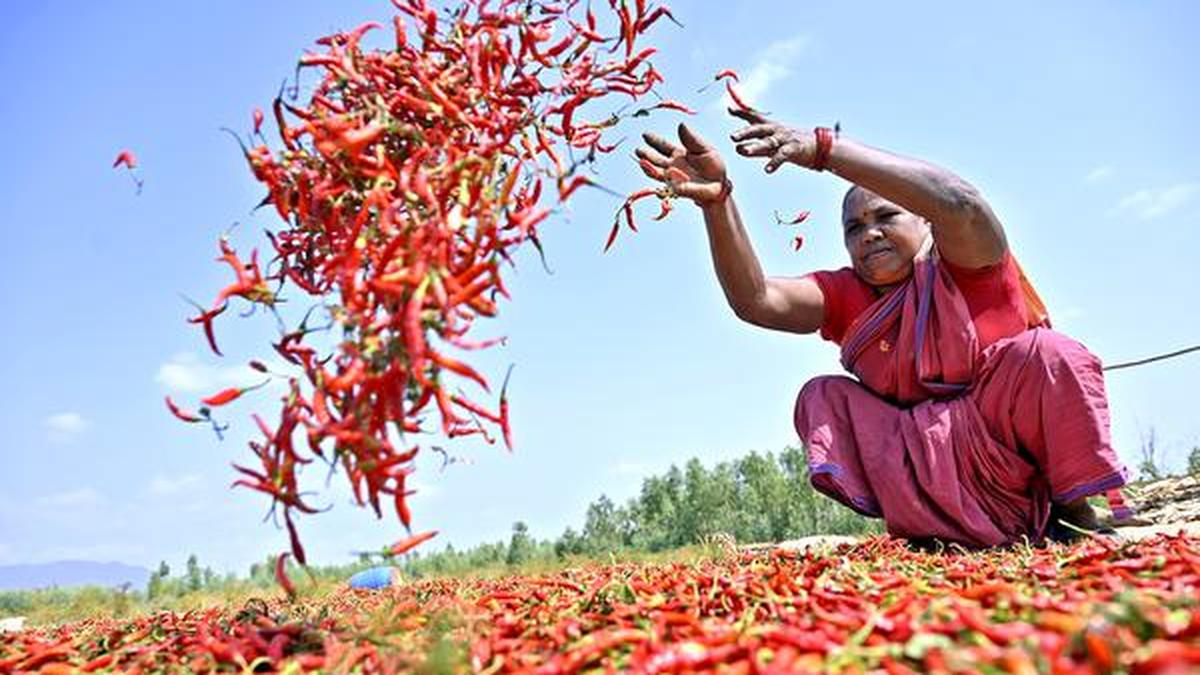
In Godavari valley, ‘red’ is the only path for tribes Premium
The Hindu
Godavari Valley's history of 'red' from Rampa Rebellion to chilli farming, Koya tribe, and Sabari Dalam's fall.
Since pre-independence, the Godavari Valley’s association with ‘red’ remained intact, beginning from the Rampa Rebellion (1922-24) led by freedom fighter Alluri Sitarama Raju to the rise and fall of Sabari Dalam, a Left-Wing Extremist group of the banned CPI (Maoist) party and of late, the flourishing chilli crop being grown along the banks of river Godavari and Sabari flowing through the valley
The Godavari Valley has two distinctive features with the two rivers flowing and thriving with diverse tribes of the Eastern Ghats. The area where Godavari flows is home to the Konda Reddi tribe, a Particularly Vulnerable Tribal Group (PVTG) that inhabits the Papikona Hills along the river. The rest of the valley is home to Koya tribe inhabiting along the Sabari confluencing into the Godavari at Kunavaram.
The Koyas’ village, Chootooru, sits on the bank of river Sabari. Most of the Koya families have adopted chilli farming on the Sabari banks, replacing maize, beans and black gram.
Savalam Seetamma, a woman farmer of Chootooru, says, “I have taken two-and-half acres from my parents under tenancy to grow chilli. The land is on the banks of Sabari. I have been raising chilli on my own by arranging workers and monitoring the crop as well as the harvesting activity. Simultaneously, my husband takes care of another chilli field which we own near our village.”
“I have managed to raise a credit of ₹5 lakh from our village self-help groups for input components of chilli farming. This year, the yield is abundant and the maximum yield per acre is above 10 quintals. Half of the input goes into engaging the labour beginning from sowing to harvesting. However, a good sum of profit is guaranteed this year,” adds Savalamma.
The access to timely irrigation water is arguably saving input cost on chilli farming as the tribals draw water from the river and streams.
In Chootooru village, every Koya farmer owns a land holding, a maximum of up to two acres. The farmers also work in chilli fields of their fellow farmers and some families migrate to work in the chilli fields on the Andhra Pradesh-Telangana State borders.





















 Run 3 Space | Play Space Running Game
Run 3 Space | Play Space Running Game Traffic Jam 3D | Online Racing Game
Traffic Jam 3D | Online Racing Game Duck Hunt | Play Old Classic Game
Duck Hunt | Play Old Classic Game











